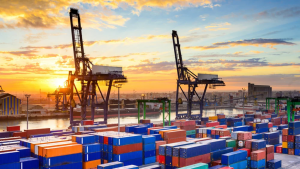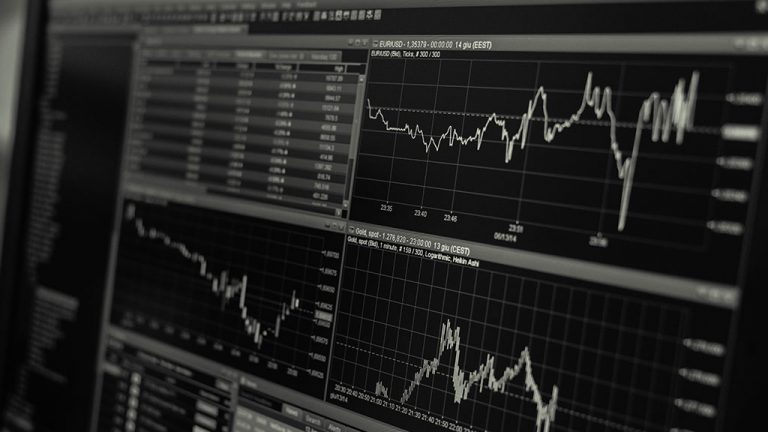The amount of natural gas consumed by the European Union (composed of 27 countries altogether) peaked in 2010, reaching a total of 432.2 billion cubic metres (bcm), the highest level in 20 years. In 2021 the total consumption of natural gas by the EU amounted to 412 bcm. The Russian invasion of Ukraine, which began in February 2022, resulted in a significant decrease in purchases of gas from Russia and a dramatic change in the structure of pipeline and liquified natural gas (LNG) supply to the EU.
Prior to the war, the EU countries imported 83 per cent of their natural gas. About 75 per cent of European natural gas came through pipelines from Norway, Algeria, Russia and other countries. The remaining 25 per cent was delivered as LNG from Qatar, the United States, Nigeria and Russia.
In 2021, one year before Russia’s assault on Ukraine, Europe purchased around 155 bcm of Russian gas, representing approximately 38 per cent of total supply. High dependency made the urgent replacement of one of the EU’s major providers extremely difficult.
Dealing with the challenge
The decrease in the EU’s gas demand came about through a 2022 agreement passed by the member countries mandating that they reduce their overall gas consumption by 15 per cent. This was to be achieved, partly, by lowering the amount of pipeline gas imported from Russia. Certain countries have been more responsive to the agreement than others. Germany, Spain, Italy, Portugal, and France have combined for 60 per cent of the decline.
According to the European Environmental Bureau, at the beginning of 2023, “only 14 of 27 EU states have adopted mandatory measures to reduce energy consumption. Over the past six months, Poland, Lithuania, Cyprus and the Netherlands have joined this group. Luxembourg, Austria, Malta, Nordic, and Eastern European states tend to have weaker energy reduction measures in place.”
During 2022, members of the European Union implemented close to 100 new co-operation agreements with energy suppliers. According to a report from the European Council on Foreign Relations, the EU and its members concluded “17 agreements with the United States, nine with Azerbaijan, nine with Norway, eight with Qatar, and seven with Algeria” in a relatively short period of time.
As a result of these efforts, the share of EU pipeline gas imported from Russia has decreased from about 38 per cent to 21 per cent. To make up the shortfall from Russia, imports from Norway, Algeria and the United Kingdom have increased by eight per cent, seven per cent and four per cent respectively.
Between Q2 of 2022 and Q2 of 2023, Norway replaced Russia as the EU’s top gas provider.
In the case of suppliers, some have been more responsive than others. The largest increases in supply have come from the U.S. and Norway.
In 2022, U.S. LNG deliveries to the EU went up by 35 bcm, reaching a total of 56 bcm. Norway stepped up its pipeline gas supply from 82 bcm in 2021 to 90 bcm in 2022. Over the period, Azerbaijan and Qatar also significantly raised their natural gas exports to the European Union.
Another supply channel of Russian gas will be shutting down soon. Ukraine is planning to close the gas transit facility that goes through its territory and supplies Russian gas to Slovakia, Austria, Italy, Hungary, Slovenia, and Croatia. Despite the war, the total amount of gas that has been delivered through those facilities year-to-date in 2023 has been approximately 15 bcm. The gas transportation agreement between Russia and Ukraine expires at the end of 2024 and Ukraine has no plans to extend it.
Long-term strategy
This year, the European Union is planning to decrease its purchase of Russian pipeline gas to 20 bcm, which represents a continuing decline in the share of Russian gas imports to five per cent from the amount imported in 2021.
This will be accomplished not only by increasing supplies from alternative sources, but also by lowering overall gas consumption, and by adopting greater utilization of alternative fuels. According to Energy Aspects, “eight per cent of the 2017-21 average industrial gas demand in Belgium, Britain, France, Germany, Italy, Portugal, the Netherlands and Spain may be gone for good by 2024.”
Improving infrastructure, such as the construction of new gas terminals and distribution pipelines to allow for the reception of more LNG, is a multiyear endeavour. In the meantime, coal and nuclear have made a temporary comeback as short-term replacements for other energy sources.
According to the Council on Foreign Relations, despite an intent to phase out coal by 2030, Germany has been forced to switch several power plants back to coal to produce additional electricity. It has also decided to continue power generation from its remaining three nuclear power plants for at least another year.
The accelerated development of renewable energy remains the best long-term option for the EU. According to the RePowerEU plan, the Union’s most recent target requires 45 per cent of all energy to come from renewable sources by 2030. This is more than double the amount approved in 2020. Such a dramatic increase in renewables will require investments of more than $210 billion USD by 2027.
Dmytro Konovalov has over 10 years of experience in equity research and analysis for global markets at leading international financial institutions.










Recent Comments
comments for this post are closed